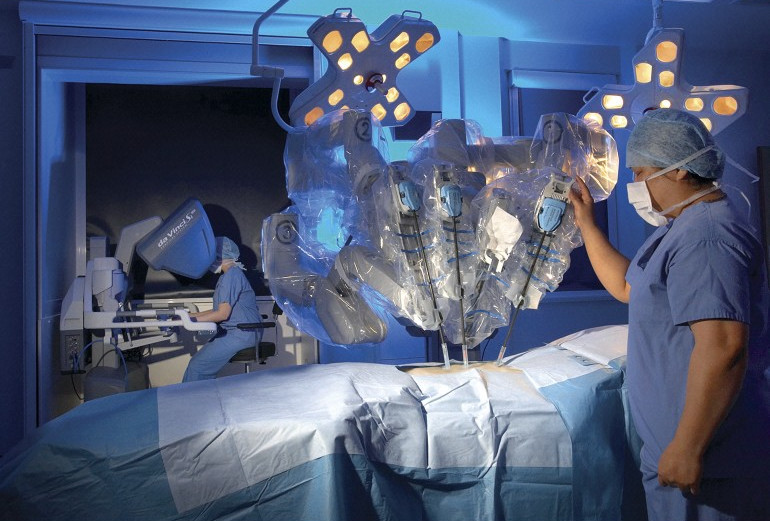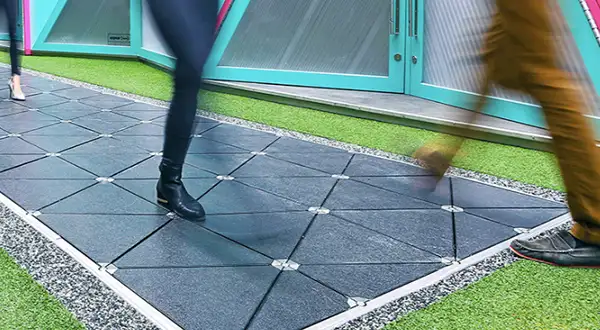Rhythms and Algorithms: How AI is Shaping the Music Industry

By Savannah Throneberry
Artificial Intelligence (AI) has substantially impacted the music scene in the last few years. Individuals have used AI to impersonate popular artists, like Drake, both in sound and style, leaving listeners perplexed as to whether they are listening to a published piece or a well disguised dupe. As a result, artists in the music industry now face the tough task of embracing or rejecting artificial intelligence in music creation.






.webp)
:quality(70)/cloudfront-eu-central-1.images.arcpublishing.com/irishtimes/3GRNHQR5N4N6VXU2H7MLK7WHAM.jpg)